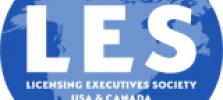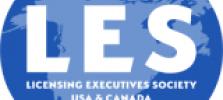Innovative Antibody Conjugation Technology for Therapeutic and Diagnostic Applications
This pioneering technology introduces a novel method for conjugating antibodies, designed to dramatically enhance their therapeutic and diagnostic performance. By improving both binding efficiency and target specificity, this approach overcomes critical limitations of existing antibody-based therapies and imaging tools.





